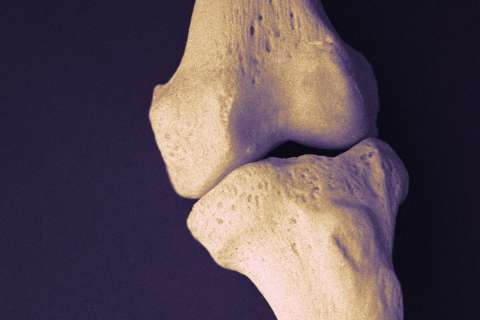Dear Doctors: My husband, who never met a gadget he didn't like, wants our family to switch from regular toothbrushes to electric ones. He insists it's worth the cost because electric toothbrushes do a better job. Is he right, or is this just an excuse for another fun toy?
Can it be both? Research in the last few years shows that your gadget-loving spouse is right -- electric toothbrushes do have an edge over the muscle-powered variety when it comes to keeping plaque and gingivitis at bay. Add in the fact that kids seem to enjoy the noise and buzz, and that for the elderly or those with arthritis these toothbrushes are easier to use, and the electric variety deserves a closer look.
The key to good oral health is a regular routine of brushing your teeth to remove plaque. That's the soft, sticky film that builds up in the mouth and which contains millions of bacteria. Those bacteria contribute to gum disease and tooth decay, which are the primary causes of tooth loss. Keeping your teeth free of plaque (and keeping the spaces between your teeth free of debris) is essential.
When used properly, the manual toothbrush is a very effective tool. Also, it's a fraction of the cost of an electric, which starts in the $20 range and goes (way) up from there.
However, in multiple studies in which researchers followed two groups, one that used manual toothbrushes and another group that used the electric variety, differences arose. At the end of three months, the group using an electric toothbrush showed 20 percent better plaque removal and 11 percent less gingivitis than the group using the manual toothbrush. In studies that ran six months and longer, the benefits of the electric toothbrush were even more pronounced.
The differences don't end there. Electric toothbrushes fall into two different categories, those that spin and those that vibrate. Spinning brushes average from 2,500 up to 7,000 strokes per minute, depending on the model. The vibrating variety, also known as sonic brushes, move at up to 40,000 strokes per minute.
Studies show (yes, there are studies for just about everything) that, when used for six months or longer, the sonic variety of electric toothbrush was better than the rotating type at reducing inflammation due to gingivitis.
Of course none of these kinds of toothbrush will do much good if they're used improperly or not at all. Technique and timing are everything. Be sure to spend a full two minutes per session and brush the front, back and chewing surface of each tooth. Don't forget about your molars, which can be hard to reach. And note that, for an electric toothbrush, brush heads need to be replaced on a regular basis.
One final thought -- with so many small battles to be fought when it comes to children and hygiene, the fact that kids (of all ages) seem to enjoy electric toothbrushes might be a point in the plus column.
The sound, motion and sensation, to say nothing of the many fanciful shapes and colors now available in kids' toothbrushes, achieve the seemingly impossible. That is, they make brushing your teeth fun.
Eve Glazier, MD., MBA, and Elizabeth Ko, MD., are internists and assistant professors of medicine at UCLA Health.
Ask the Doctors is a syndicated column first published by UExpress syndicate.





